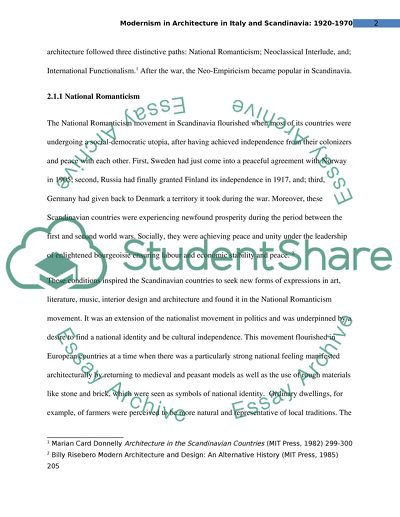Cite this document
(“Modernism in Architecture in Italy and Scandinavia: 1920-1970 Essay”, n.d.)
Retrieved from https://studentshare.org/environmental-studies/1412278-modernism-in-architecture-in-italy-and-scandinavia-1920-1970
Retrieved from https://studentshare.org/environmental-studies/1412278-modernism-in-architecture-in-italy-and-scandinavia-1920-1970
(Modernism in Architecture in Italy and Scandinavia: 1920-1970 Essay)
https://studentshare.org/environmental-studies/1412278-modernism-in-architecture-in-italy-and-scandinavia-1920-1970.
https://studentshare.org/environmental-studies/1412278-modernism-in-architecture-in-italy-and-scandinavia-1920-1970.
“Modernism in Architecture in Italy and Scandinavia: 1920-1970 Essay”, n.d. https://studentshare.org/environmental-studies/1412278-modernism-in-architecture-in-italy-and-scandinavia-1920-1970.


